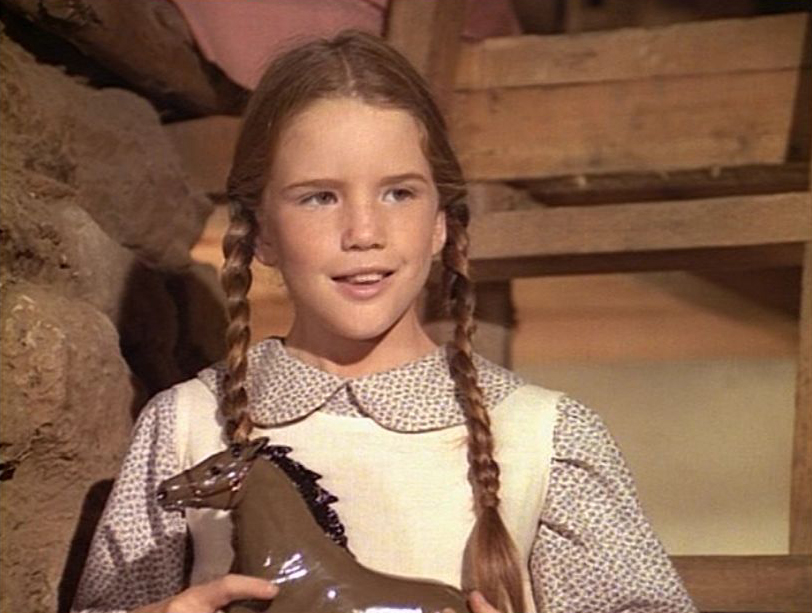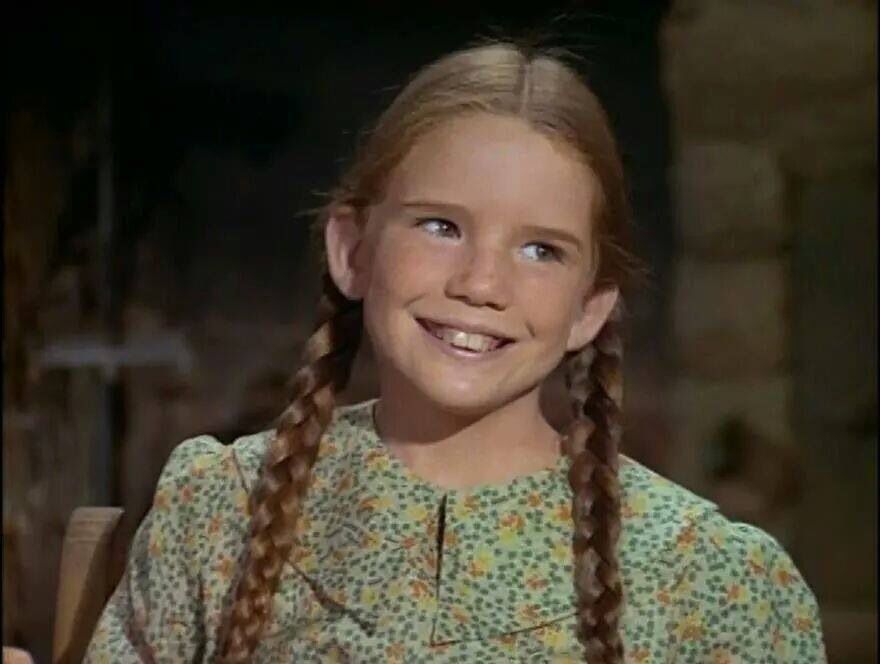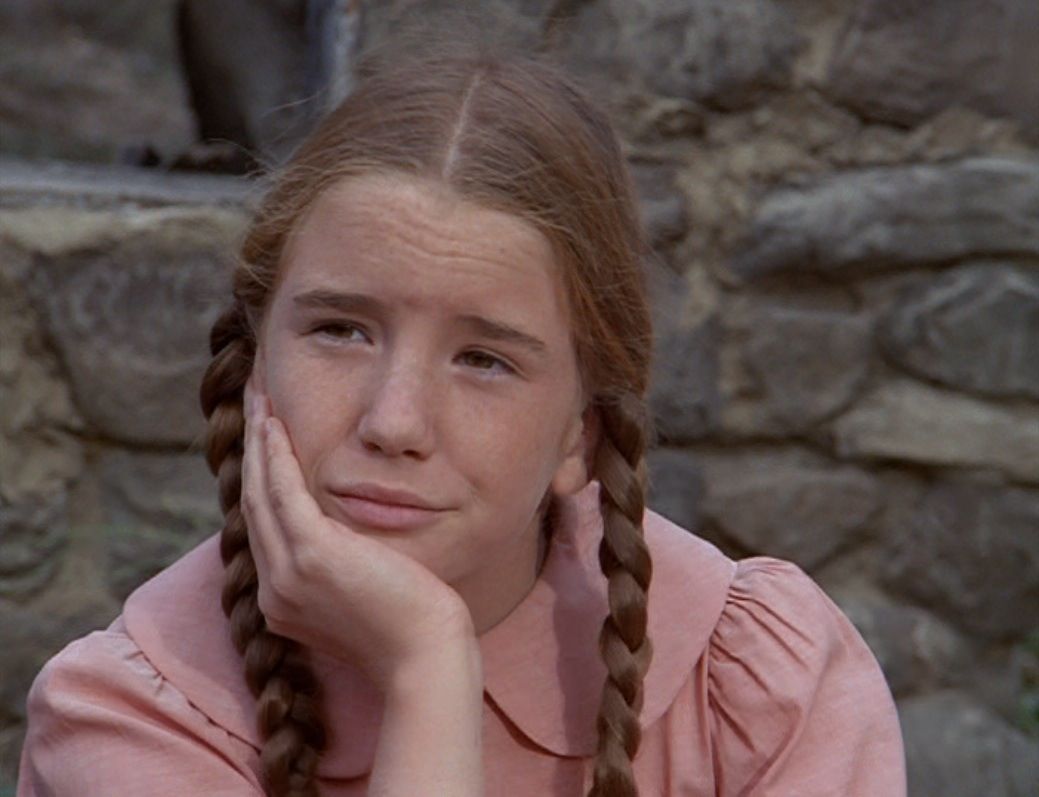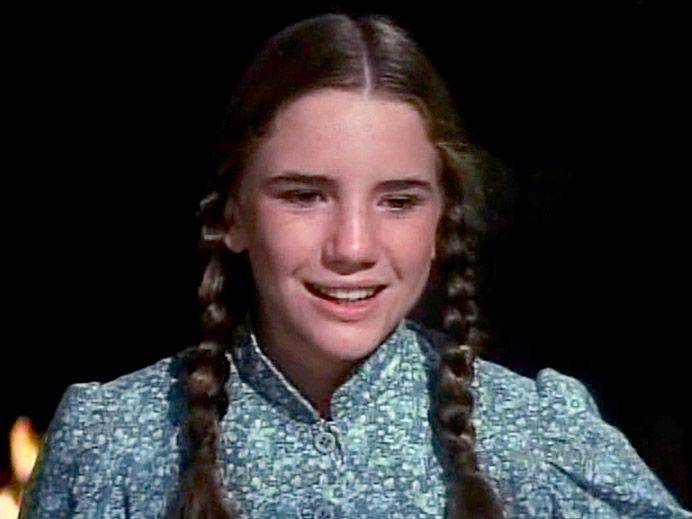Are you a fan of the Little House on the Prairie series? If so, you might be curious about the real-life events and people that inspired the beloved stories. In this blog post, we’ll explore some of the most commonly asked questions about Laura Ingalls Wilder and her family, including whether the books are based on real events, what happened to Walnut Grove, and the religion of the Ingalls family. So, whether you’re a long-time fan or a newcomer to the series, get ready to dive into the fascinating world of the Little House on the Prairie.

The Connection Between Laura Ingalls Wilder and Little House on the Prairie
Yes, Little House on the Prairie is based on Laura Ingalls Wilder’s life. The beloved series of children’s books she wrote were actually autobiographical, depicting her own experiences growing up as a pioneer in the late 19th century. Laura was born on February 7, 1867, in a log cabin near Pepin, Wisconsin, and her family moved around quite a bit during her childhood, living in various locations across the American Midwest. Her father, Charles Ingalls, was a homesteader, and her mother, Caroline Quiner Ingalls, was a homemaker who raised their five children. The family’s struggles and triumphs are chronicled in the Little House on the Prairie books, which have become classics of children’s literature. The books were first published between 1932 and 1943 and have since been adapted into a popular television series, as well as various other media.
>> Must read Who currently lives on Roloff Farms?
Is Walnut Grove still around?
Walnut Grove, the town where Laura Ingalls Wilder and her family lived for a period of time, still exists today. It is located in southwestern Minnesota, and visitors can explore the town to learn more about the history of the area. However, some of the sites mentioned in the Little House books are no longer standing. For example, the original Ingalls family home is no longer standing, but visitors can still visit the site where it once stood.
A mile and a half north of Walnut Grove is the location of the family’s dugout, where they lived before building their house. Today, this land is owned by the Gordon family, who invite visitors to explore the area and see the natural features that Laura described in her books. Visitors can see the plum thickets, table lands, big rock and spring that Laura wrote about in her books.
While some of the original buildings in Walnut Grove are no longer standing, visitors can still explore the town to get a sense of what life was like during the time Laura Ingalls Wilder lived there. The town has several museums and attractions, including the Laura Ingalls Wilder Museum and Gift Store and the Walnut Grove Pageant, which reenacts scenes from the Little House books.
Trending now – Did Katie Ann leave the Amish?
Unraveling the Myth: Did a Real-Life Harriet Oleson Exist on Little House on the Prairie?
Harriet Oleson, the snobbish and gossipy general store owner, was a popular character on the iconic TV show Little House on the Prairie. The character was portrayed by Katherine MacGregor, who played the role with great finesse. Many fans of the show wonder if there was a real-life Harriet Oleson who inspired the character. The answer is no. Harriet Oleson was a fictional character created by the show’s writers. However, it is believed that the character was inspired by a few people the writers knew in their personal lives.
Katherine MacGregor, born Dorlee Deane McGregor, was an American actress who had a long and successful career in the entertainment industry. She started her acting career in 1951 and went on to appear in several TV shows and films. However, it was her portrayal of Harriet Oleson that made her a household name. Her character was loved by fans and was a vital part of the show’s success. MacGregor’s acting skills brought Harriet Oleson to life, and she was considered one of the most memorable characters on the show.
Despite her popularity on the show, Katherine MacGregor retired from acting in 1983 after her role in Little House on the Prairie. She passed away in 2018 at the age of 93. Her legacy lives on through her memorable performance as Harriet Oleson, a character that will forever be etched in the hearts of the show’s fans.

Discovering the Faith of the Ingalls Family
The Ingalls family had a strong faith in Christianity. They preferred to attend the Congregationalist or Methodist churches whenever it was possible. The family even helped to establish a church in Walnut Grove, Minnesota. Laura Ingalls, as a child, was enthusiastic about learning the Bible and won a Bible at Sunday school for memorizing the most Scripture verses. This shows that the Ingalls family was devoted to their religious beliefs and instilled this value in their children. Their faith was an important aspect of their lives and is reflected in their daily activities and interactions.
Exploring the Maternal History of Mary Ingalls: Unraveling the Number of Children She had

The character of Mary Ingalls, the eldest daughter of Charles and Caroline Ingalls, is an essential part of the Little House on the Prairie story. However, it is a common misconception that Mary had children in real life. In reality, Mary never got married or had any children. The story of Mary getting married to Adam and having babies was created solely for the TV series. In fact, the real Mary Ingalls remained unmarried throughout her life and worked as a teacher for many years. It is interesting to note how the TV series took creative liberties and invented stories to make the characters more relatable to the audience. However, it is important to separate fact from fiction and understand the true story behind the characters we have come to love.
The Distance Between Laura Ingalls’ Home and Walnut Grove.
Laura Ingalls, the beloved author and protagonist of the Little House on the Prairie series, lived in various places throughout her life. One of the most famous and well-known locations is Walnut Grove, where the Ingalls family settled in the mid-1870s. Specifically, Laura Ingalls and her family lived 1.5 miles north of Walnut Grove, along the banks of Plum Creek, from 1874 to 1876.
The Ingalls family, consisting of Charles and Caroline Ingalls and their young daughters, Mary, Laura, and Carrie, settled on the property in May 1874. They declared their intention to homestead it, which meant that they would be able to claim the land as their own after a period of improvement and residency.
The site of the Ingalls family homestead is now known as the Ingalls Dugout Site, and it is a popular destination for fans of the Little House on the Prairie books and TV show. Visitors can see the spot where the Ingalls family’s dugout home was located, as well as the nearby Plum Creek and surrounding fields and prairie.
The proximity of the Ingalls family’s homestead to Walnut Grove is significant, as the town is featured prominently in the Little House on the Prairie books and TV show. Laura Ingalls describes her experiences in Walnut Grove and the surrounding area in detail, and many of the events depicted in the stories take place in and around the town.
Overall, the Ingalls family’s homestead along Plum Creek is an important location in the history and lore of Laura Ingalls Wilder and the Little House on the Prairie series. Visitors to the Ingalls Dugout Site can gain a deeper understanding of the family’s experiences and the world in which they lived.
Exploring the Reasons for the Ingalls’ Financial Struggles.
The Ingalls family’s financial struggles were a recurring theme throughout the Little House on the Prairie series. Pa Ingalls, the family patriarch, seemed to have a case of wanderlust, moving his family from one place to another in search of better opportunities. However, a closer look reveals that the family’s financial struggles were primarily due to the lack of food and resources.
In Wisconsin, the family’s initial home, Pa Ingalls struggled to find enough food as the forests were gradually taken over by farms, and hunting opportunities became scarce. As a result, he was forced to move his family to Kansas, where they attempted to start a new life. Unfortunately, they were again forced off the land due to conflicts with the Native Americans.
The Ingalls family then moved to Minnesota, where they faced even more financial hardship. Pa suffered from a series of setbacks, including bankruptcy, which occurred more than once. Despite their struggles, the Ingalls family persevered, with Ma and Pa working tirelessly to provide for their children.
The financial struggles faced by the Ingalls family were a reflection of the harsh realities of life on the American frontier in the late 19th century. Money was scarce, and families had to rely on their resourcefulness and resilience to survive. Despite their hardships, the Ingalls family remained close-knit and determined to create a better life for themselves.
Laura Ingalls: Age at the Time of Death
Laura Ingalls Wilder, the renowned author of the beloved children’s books, “Little House on the Prairie,” passed away on February 10, 1957, in Mansfield, Missouri. She was 90 years old at the time of her death. Her literary works have enchanted generations of readers, taking them on a journey through the American frontier and giving them a glimpse into the lives of the Ingalls family. Laura’s books have been translated into more than 40 languages and have sold millions of copies worldwide, making her a literary icon. Despite her passing, her legacy lives on, and her inspiring stories continue to capture the hearts of both children and adults alike.
Discovering the Faith of the Ingalls Family on Little House on the Prairie
The Ingalls family’s religious beliefs were an integral part of their daily lives. While they were not strongly tied to any particular denomination, they preferred to attend Congregationalist or Methodist churches whenever possible. In fact, the family even helped to establish a church in Walnut Grove, Minnesota, where they lived for a time.
Religion played a significant role in the Ingalls family’s lives, and they often turned to prayer and faith during difficult times. Despite their struggles with poverty and illness, the family remained steadfast in their beliefs and found comfort in their religious community.
It’s worth noting that while the Ingalls family’s faith was an important part of their lives, they were not particularly dogmatic or strict in their beliefs. Instead, they embraced a more moderate approach to religion, one that emphasized kindness, compassion, and community.
Overall, the Ingalls family’s religious beliefs were an essential part of their lives, and their commitment to their faith helped them navigate the challenges of frontier living.
Unveiling the Final Words of Laura Ingalls – The End of Her Remarkable Journey.
Laura Ingalls Wilder, the famous American author, is known for her series of books ‘Little House on the Prairie’. The first book in the series is ‘Little House in the Big Woods’, which was published when Wilder was sixty-five years old. Interestingly, the last words of the book hold a special significance. Wilder’s last words in the book were, “This is now.”
These words may seem insignificant, but they hold a deeper meaning. They signify that the present moment is all that matters, and we should cherish it. Wilder’s writing style was simple yet profound, and her last words in the book are an excellent example of that.
It is fascinating to note that Wilder’s last words in the book were not her literal last words. Wilder lived for several more years after the publication of the book and passed away at the age of ninety. Nonetheless, her legacy lives on through her books.
Wilder’s books have been loved by generations of readers and have been adapted into television shows and movies. Her writing style and storytelling have been an inspiration for many aspiring writers, and her books continue to be popular among readers of all ages.
In conclusion, Wilder’s last words in the first book of the series, ‘Little House in the Big Woods,’ were “This is now.” These words signify the importance of living in the present moment and cherishing it. Wilder’s legacy lives on through her books, which continue to inspire and entertain readers worldwide.
Laura Ingalls Wilder’s legacy lives on through her beloved Little House on the Prairie series. Fans of the books and TV show may be interested to know that Walnut Grove, the town where the Ingalls family lived, still exists today. Additionally, the real-life inspiration for the character of Harriet Oleson, as well as the Ingalls family’s religious beliefs, have been topics of discussion for years. While the Ingalls family faced many challenges and hardships, their story continues to captivate readers and viewers alike. Finally, Laura Ingalls Wilder’s last words may forever remain a mystery, but her impact on American literature and popular culture will never be forgotten.



